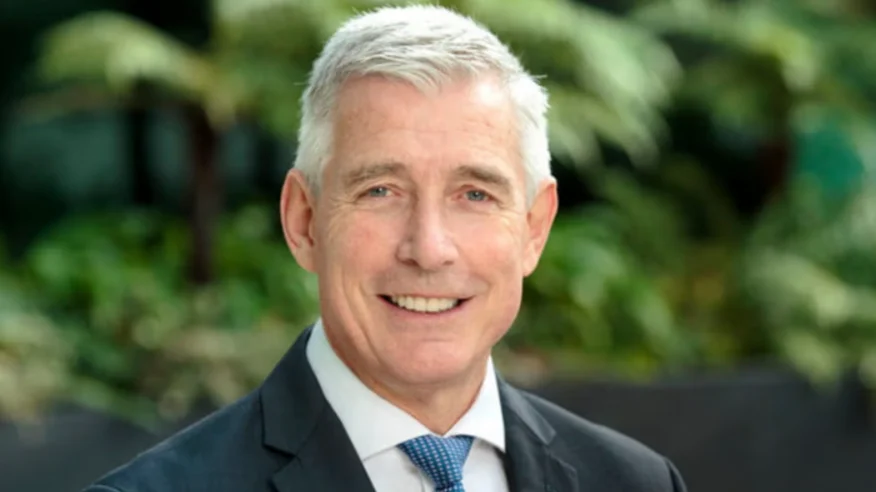The Airbus A380, the largest commercial passenger aircraft ever built, continues to make an impact in aviation despite its production ceasing in 2021. Launched with Singapore Airlines as its first customer, the A380 was delivered for the first time on October 15, 2007. The aircraft remains a significant player in long-haul travel, particularly for Emirates, which ordered nearly half of all units produced.
The manufacturing of the A380 involved over four million parts sourced from 1,500 companies across 30 countries. These components were assembled at Airbus's final assembly line in Toulouse after being transported from various locations such as Saint-Nazaire and Hamburg. Each A380 is equipped with extensive wiring and hydraulic systems and requires a substantial amount of paint.
Despite its size and four engines, the A380 is known for having one of the quietest cabins among widebody jets. This has led to challenges for pilots trying to rest due to increased audibility of cabin noises. As noted by a flight review in The Guardian from 2019: "The first thing you noticed was the silence."
 Alerts Sign-up
Alerts Sign-up








